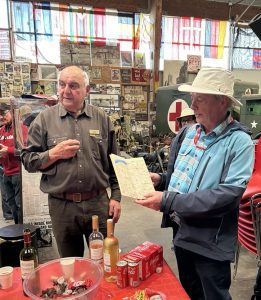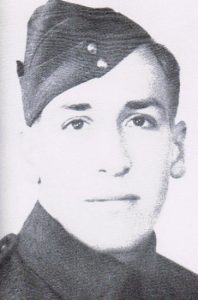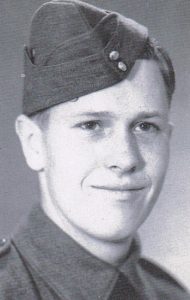
Last week, inside a modest-looking but sizable Quonset building, known as the D-Day Academy, in Normandy, France, Don Henderson, a visitor from Calgary, made a small presentation. From his backpack, he pulled an official RCAF map of Normandy showing where his father, Leading Aircraftman Wilbert Henderson helped construct one of the first Tactical Air Force (TAF) bases in Normandy immediately after D-Day.
“My dad landed on D-Day-plus-11,” Don Henderson began. “He was the second driver in the air force vehicle. But when the first driver was shot, my dad carried on using this map to reach B4,” site of the TAF base.
Standing next to Don Henderson in the D-Day Academy museum, its director Jean-Pierre Benamou watched as the Canadian unfolded the fragile map revealing all the Juno Beach coastline that Canadians seized from the Germans beginning on June 6, 1944.
“I’ve kept this map all my life, but I want to donate it to your museum” said Henderson, and he handed the map to the clearly moved Benamou.
“Canadian veterans and their families are always bringing important artifacts back to Normandy, so that we don’t forget,” Benamou said. “D-Day is not dead for us. We relive it every day we welcome visitors here.” (more…)

